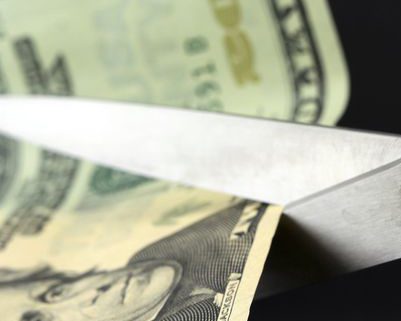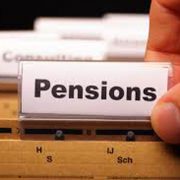All Pensions Will Have Difficulty Keeping Their Promises
Public pensions are in trouble. The $1.9 trillion shortfall in U.S. state and local pension funds is poised to grow even more onerous. Why is there such a looming and growing problem? Here are a few reasons why:
First, for decades politicians have resisted giving pay raises to public workers. Instead they were offered rich retirement benefits. Benefits that would be due and payable long after the politician was gone and out of reach for blame and responsibility.
Second, public pensions, in order to meet their benefit requirements must earn around 7.5 percent per year as an average. Those public pensions had a median increase of only one percent last year. Calper, the fourth largest and Calstrs, the seventh largest pensions in the world, have not met their benchmark required earnings for the last three, five, ten and twenty year periods. As a result, they now have only 72.2 percent of the assets they need to meet the promised retirement payouts. “If markets are flat or negative in upcoming years, we will continue to lose principal at a double-digit rate,” Jim Mohler, executive director of the fund, told lawmakers in Chicago. “The projected insolvency for the fund will escalate.”
Third, the Fed’s negative interest rates are compounding the problem. Related to the second reason above, having interest rates artificially low results in no “light at the end of the tunnel.”
What happens when there is a shortfall because of the above factors? When investments lag expectations, governments and employees can be called upon to increase annual contributions to make up for the shortfall that’s left behind. But that source is not enough. A recent article in The Milwaukee Journal Sentinel, made it very clear that TAXPAYERS will be the ones who will have to pay to make good on the promises made to public employees, teachers, government officials, etc.
A few questions for you to consider:
1. When state and local (unable to print money) governments need to make up the funding shortfall for pensions and healthcare obligations will they get that money from the 80 percent of the people who don’t have any money or the 20 percent who do?
2. If you are in the 20 percent aren’t they coming after you?
3. How will additional imposed taxes impact your quality of life and retirement?
4. Are you okay making additional significant contributions to bail out public pensions or do you want to do something about that while you still can?
Trust me, this is coming and soon! Learn all you can while there is still time.







Leave a Reply
Want to join the discussion?Feel free to contribute!